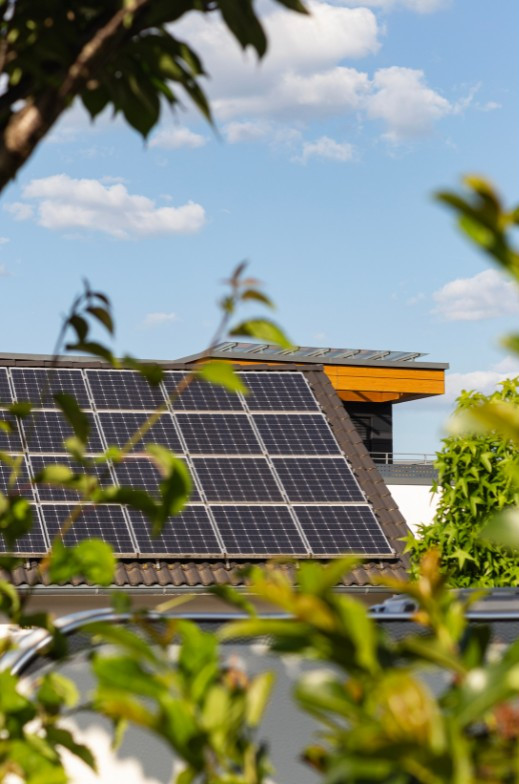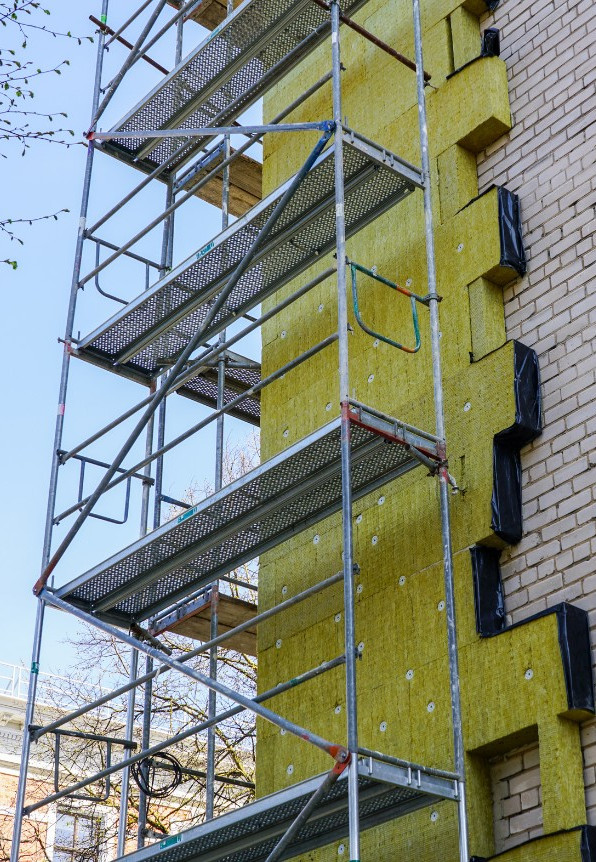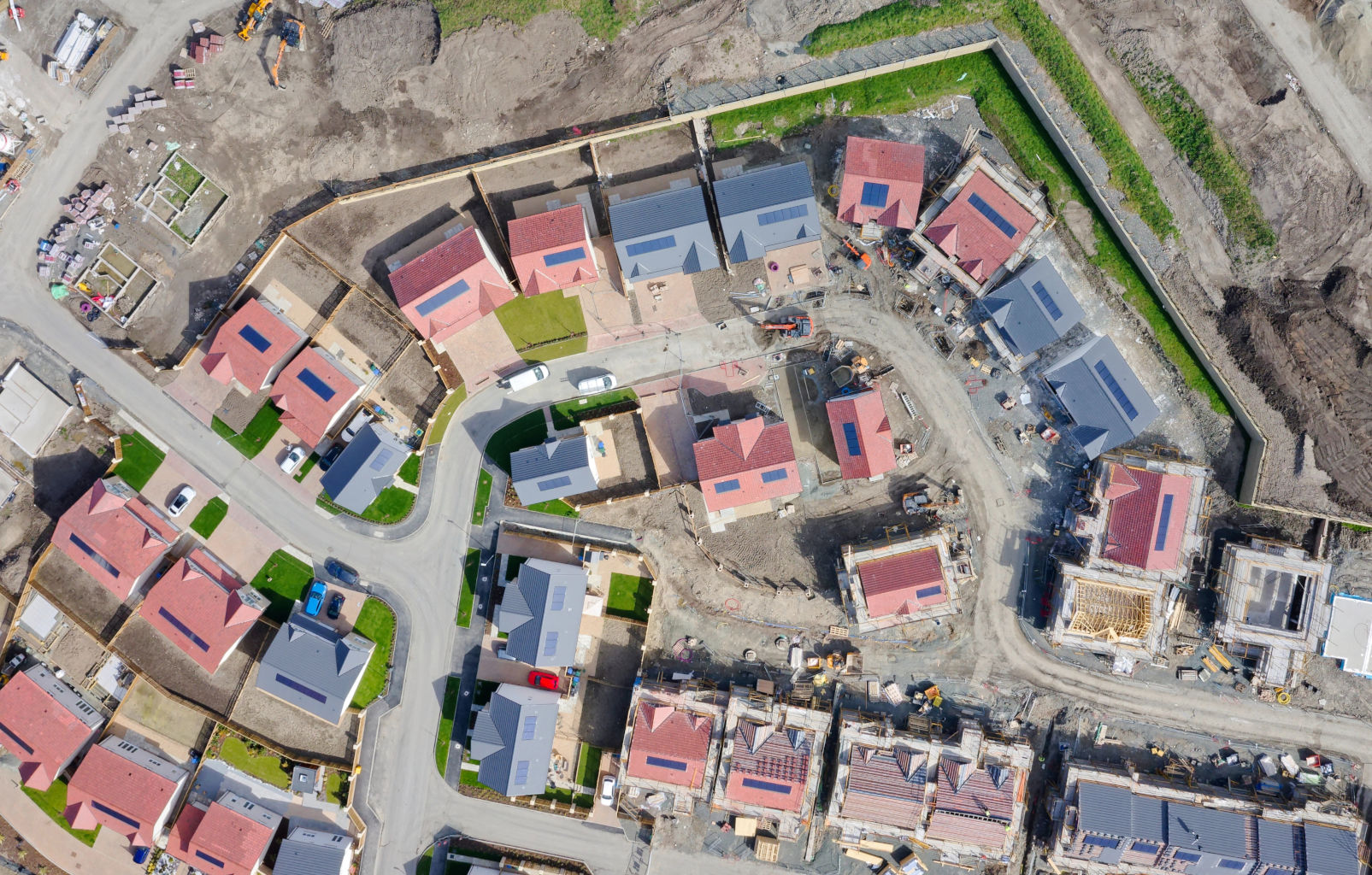Regulatory Shifts Reshaping the Built Environment’s Journey to Net Zero
In 2025, the built environment faces stricter carbon standards, rising emissions costs, and mandatory ESG reporting. New regulations like the RICS Whole Life Carbon Assessment Standard and Future Homes Standard demand low-carbon materials and energy efficiency, while the UK Emissions Trading Scheme (UK ETS) increases financial pressure on emissions. Meanwhile, ESG reporting laws now require verifiable data, making sustainability a regulatory and financial necessity. This article explores the key changes and their impact on businesses.
1. Embodied Carbon & Net Zero: Strengthening Commitments
Evolution to Date
The UK’s commitment to reducing GHG emissions been ratcheting up over the last several years, and has culminated in substantial definitive standards in 2024:
- RICS Whole Life Carbon Assessment Standard (2nd Edition, 2024): Effective from July 2024, this standard sets the standard for comprehensive assessments of both embodied and operational carbon throughout a building’s lifecycle. This approach ensures that carbon emissions are evaluated from material extraction through to end-of-life disposal, promoting a holistic view of a building’s environmental impact.
- UK Net Zero Carbon Buildings Standard (2024): Launched in September 2024, this cross-industry standard provides a unified methodology to ensure buildings align with the UK’s carbon and energy budgets. It sets clear performance targets for both operational and embodied carbon, offering a definitive framework for verifying net-zero carbon buildings and promoting consistency in sustainability claims.
Projection for 2025
In 2025, the integration of these standards will be prevalent, with increased emphasis on:
- Compliance and Verification: Developers and asset owners will need to demonstrate adherence to these standards, ensuring buildings meet credible net-zero carbon benchmarks for their given year, i.e. the embodied carbon target for an Office building designed in 2025 must be 580 kgCO2e/m2. This may involve third-party certifications and regular audits to validate compliance.
- Design and Material Selection: A stronger focus on sustainable materials and design practices to minimise carbon footprints. The selection of low-carbon materials, such as cross-laminated timber and recycled steel, will become increasingly more important, alongside more aggressive design strategies that enhance energy efficiency.
- Regulatory Enforcement: Potential for stricter enforcement mechanisms to ensure compliance. Authorities may introduce penalties for non-compliance and these numerical targets will likely form parts of Planning Conditions for some development.
2. Future Homes Standard: Implementation and Impact
Evolution to Date
The Future Homes Standard represents a significant step in the UK’s efforts to reduce carbon emissions from residential buildings:
- Announcement and Development: Introduced to ensure new homes built from 2025 produce 75-80% less carbon emissions than those under previous regulations, the standard has been in development with input from industry stakeholders to establish practical and effective measures.
- Industry Preparation: The industry has been preparing through consultations and updates to building practices to meet these forthcoming requirements. This includes training for builders and developers, updates to design protocols, and investment in new technologies,
- Status: there are still some crucial issues to resolve in the proposed methodology, and some contradicting incentives which has arisen as a result of the building regulations tightening and the electrical grid decarbonising. These issues will need to be resolved and harmonised to compliment the latest reality.

Projection for 2025
As the standard comes into effect:
- Adoption of Low-Carbon Technologies: Increased installation of heat pumps and other low-carbon heating solutions in new homes. A drift away from gas boilers will necessitate advancements in heat pump technology and infrastructure to support widespread adoption.
- Enhanced Building Fabric: Improved insulation and airtightness measures to meet energy efficiency targets. This will involve the use of more advanced materials to control air leakage and much better construction workmanship to minimise heat loss and enhance thermal performance.
- Industry Adaptation: Builders and developers will need to adapt to new construction methodologies and materials to comply with the standard. This may include retraining workers, updating supply chains, and re-evaluating project timelines to accommodate new practices.
3. UK Emissions Trading Scheme (UK ETS): Evolving Carbon Pricing
Evolution to Date
The UK ETS (Post EU ETS) has been an important part of the country’s policy to reduce greenhouse gas emissions. The UK ETS has diverged from the EU ETS post Brexit, with the current economic pressures the government will be under pressure to soften its carbon pricing, however, for now, the Government’s intentions -remain:
- Initial Implementation: Established to cap and reduce emissions from the power sector, industry, and aviation, the scheme sets a limit on the total amount of greenhouse gases that can be emitted by covered entities, with allowances traded to incentivize reductions.
- Policy Developments: Discussions have been ongoing regarding the extension of free carbon allowance allocations and alignment with international mechanisms like the Carbon Border Adjustment Mechanism (CBAM). These developments aim to maintain competitiveness while encouraging emission reductions.
Projection for 2025
Anticipated developments include:
- Reduction of Free Allowances: A gradual decrease in free carbon allowances, increasing the cost of emissions for businesses. This will encourage companies to invest in emission reduction technologies and adopt more sustainable practices.
- Impact on Material Costs: Potential rise in costs for high-emission materials such as cement and steel, prompting a more focus on sustainable alternatives. The industry may see increased use of low-carbon materials and innovative construction techniques to mitigate cost increases.
- Strategic Planning: Companies will need to develop strategies to manage increased costs and explore low-carbon material options. This could involve investing in research and development, forming partnerships with sustainable material suppliers, and re-evaluating project designs to reduce material usage.
4. ESG in the Built Environment: 2025 – From Voluntary to Mandatory
The ESG landscape in real estate has changed dramatically in the last 3 years. Financial scrutiny, and governance failures have reshaped how sustainability, social impact, and accountability are approached. ESG is evolving and is moving away from ambition marketing to data, and financial viability.
Mandatory ESG Reporting
The Corporate Sustainability Reporting Directive (CSRD) now requires UK businesses to disclose climate and social risks, including supply chain carbon emissions and social impact. Coupled with the FCA’s Sustainability Disclosure Requirements (SDR), which will restrict how funds market themselves as sustainable. Green finance requirements are in tandem with an elevation in standards and definitions, which is forcing property developers to substantiate sustainability claims with real data.
ESG Under Greater Scrutiny
After years of ESG-driven investment growth, markets are demanding returns. Investors and lenders now require measurable carbon savings and verified social impact before backing projects. Meanwhile, cases like Home REIT’s governance failures have put a spotlight on due diligence and risk management in ESG-labelled developments.

What to Expect in 2025
- Stronger reporting obligations – More businesses must align with CSRD and SDR.
- Greenwashing crackdowns – The UK Green Claims Code will enforce stricter penalties.
- ESG investments must prove returns – Financial viability is now just as important as impact.
- Social & governance factors rise in importance – Local job creation, fair labour, and independent oversight are becoming key ESG priorities.
Bottom line: ESG in the built environment is no longer and optional, it’s really a regulatory and financial necessity. However, the expectation of financial returns has hardened, meaning firms must adapt or risk penalties, investor scepticism, and reputational damage.
Chris Hocknell, Director
Chris brings over 18 years’ experience of supporting the built environment and corporate world with their sustainability goals. Specialising in sustainability strategy development, Chris works closely with clients to assess and understand their carbon and environmental footprint.






